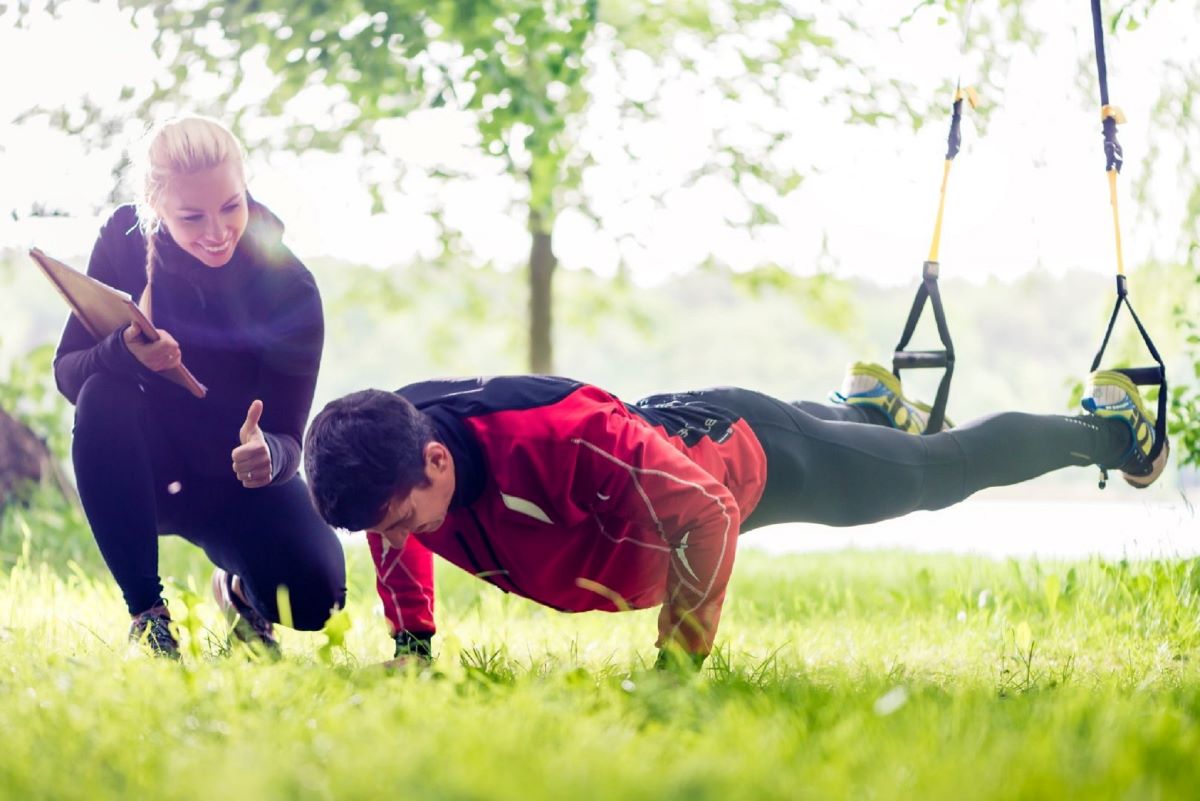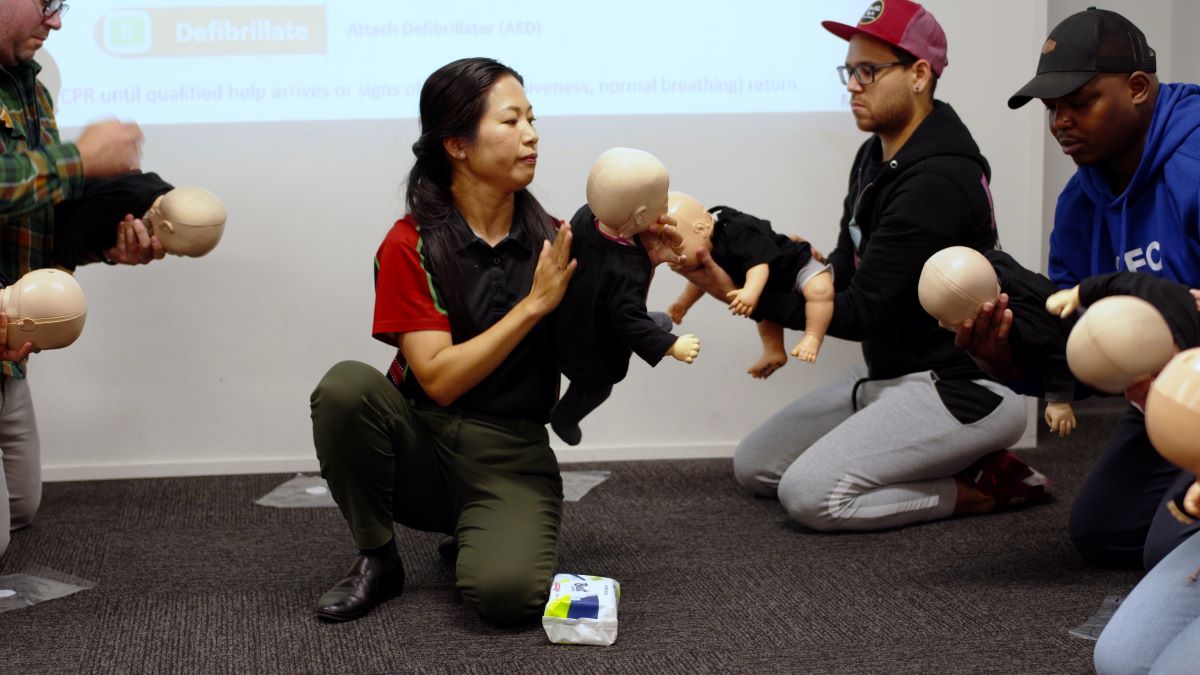A spinal cord injury (SCI) refers to the damage or trauma to the spinal cord that results in a loss of function, causing reduced mobility or feeling.
If the injury reaches very high up the spine, it can affect breathing and circulation.
What is a spinal injury?
The human spine is made of several bones called vertebrae (backbones).
The spinal cord is a bundle of nerves responsible for carrying out messages between the brain and the rest of the body. It is a complex organization of cells that affects a person’s movement and sensation.
Spinal cord injury results from a traumatic accident, ending in partial or complete tears. It is one of the most common causes of permanent disability and death in children and adults in Australia.
The occurrence of spinal cord injury may cause some nerve impulses to not ‘get through.’ It means the damage can result in a complete or total loss of mobility and sensation to the person.
An injury closer to the neck is a high risk for paralysis than one in the lower back area.
The most important indicator of the severity is called the ‘mechanism of injury,’ Look at any abnormal forces that may have exerted the bones in the spine and how it resulted in trauma.
Several things can cause SCI. The most common injuries include:
- Falling from a height
- Motor vehicle accidents involving motorcycles, automobiles, and being struck as a pedestrian
- Sports-related injuries
- Diving accidents
- Trampoline accidents (awkward falls while doing gymnastics or in trampoline)
- Violence injuries (gunshot, puncture, or stab wounds)
- Abscess in the spinal cord resulting in infection
- Birth injuries affecting the spinal cord near the neck area
- A heavy object falling in the back
- Multiple injuries
These are just a few and many more conditions resulting in a spinal injury.
Signs & Symptoms
The symptoms of spinal cord injury may depend on its severity – whether it is complete or incomplete – and the location of the damage.
Complete
In a complete spinal injury, all senses and control movements and feelings are lost below the spine.
Incomplete
Incomplete spinal injury only has some motor or sensory function working below the affected area.
Take note that there are varying degrees in an incomplete spine injury.
Seek immediate medical care in the appearance of any of these issues following an injury:
- Pain or tenderness in the neck, back, or near the injury site
- Loss of control over limbs and experiencing some movement restrictions.
- Pins and needles or burning sensation in the limbs.
- Loss of bladder or bowel control.
- Difficulty breathing
First Aid for Spinal Cord Injury
Following a traumatic accident or injury to the head or neck, immediate medical evaluation is necessary.
It is safe to assume that the person has a spinal injury until the doctor clears it out.
If there is a suspected spine injury in a trauma victim, follow the first aid procedures below:
- Call Triple Zero (000) right away. The sooner the medical help arrives, the better.
- Do not attempt to move the person in any way unless they are in immediate danger. The includes repositioning the heat or trying to remove a locked helmet.
- If the person is conscious, encourage them to stay as still as possible. Do not risk doing unnecessary movements even if they feel they can get up and walk on their own.
- If the person is unresponsive and has breathing difficulties, prepare to administer CPR. Remember not to tilt the head back and instead move the jaw forward.
Make every effort to keep the person from doing any movements as it is critical in these kinds of emergencies.
The doctor might recommend emergency surgery for severe spinal injuries if there is trauma in different body areas.
Surgery can address severe spinal cord damage, blood clots, or damaged tissues.
Conclusion
The impact of spinal cord injury can vary widely, depending on the location and the severity of damages. Following a traumatic accident, it is essential to maintain the head, neck, and spine alignment.
Always suspect a spinal injury if the incident involves the neck, head, and back area.
Being trained in first aid and CPR will equip you with the skill, knowledge, and confidence to attend in a spinal injury.
Contact us today and gain the knowledge and preparedness that one day may save lives.fo







